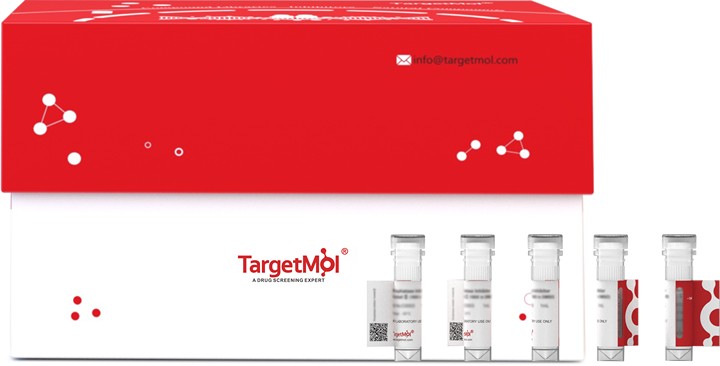购物车
- 全部删除
 您的购物车当前为空
您的购物车当前为空


Vitamin D Receptor/VDR Protein, Human, Recombinant (His) is expressed in Baculovirus insect cells with His tag. The predicted molecular weight is 50 kDa and the accession number is P11473.


| 规格 | 价格 | 库存 | 数量 |
|---|---|---|---|
| 50 μg | ¥ 3,170 | 5日内发货 |
| 生物活性 | Activity testing is in progress. It is theoretically active, but we cannot guarantee it. If you require protein activity, we recommend choosing the eukaryotic expression version first. |
| 产品描述 | Vitamin D Receptor/VDR Protein, Human, Recombinant (His) is expressed in Baculovirus insect cells with His tag. The predicted molecular weight is 50 kDa and the accession number is P11473. |
| 种属 | Human |
| 表达系统 | Baculovirus Insect Cells |
| 标签 | C-His |
| 蛋白编号 | P11473 |
| 别名 | vitamin D (1,25- dihydroxyvitamin D3) receptor,PPP1R163,NR1I1 |
| 蛋白构建 | A DNA sequence encoding the human VDR (P11473) (Met 1-Ser 427) was fused with a polyhistidine tag at the C-terminus. Predicted N terminal: Met 1 |
| 蛋白纯度 | > 88 % as determined by SDS-PAGE |
| 分子量 | 50 kDa (predicted); 50 kDa (reducing conditions) |
| 内毒素 | < 1.0 EU/μg of the protein as determined by the LAL method. |
| 缓冲液 | Lyophilized from a solution filtered through a 0.22 μm filter, containing 50 mM Tris, 100 mM NaCl, pH 8.0, 10% glycerol. Typically, a mixture containing 5% to 8% trehalose, mannitol, and 0.01% Tween 80 is incorporated as a protective agent before lyophilization. |
| 复溶方法 | A Certificate of Analysis (CoA) containing reconstitution instructions is included with the products. Please refer to the CoA for detailed information. |
| 存储 | It is recommended to store recombinant proteins at -20°C to -80°C for future use. Lyophilized powders can be stably stored for over 12 months, while liquid products can be stored for 6-12 months at -80°C. For reconstituted protein solutions, the solution can be stored at -20°C to -80°C for at least 3 months. Please avoid multiple freeze-thaw cycles and store products in aliquots. |
| 运输方式 | In general, Lyophilized powders are shipping with blue ice. |
| 研究背景 | VDR (vitamin D (1,25- dihydroxyvitamin D3) receptor), also known as NR1I1, belongs to the NR1I family, NR1 subfamily. It is composed of three domains: a modulating N-terminal domain, a DNA-binding domain and a C-terminal ligand-binding domain. Vitamin D receptors (VDRs) are members of the NR1I family, which also includes pregnane X (PXR) and constitutive androstane (CAR) receptors, that form heterodimers with members of the retinoid X receptor family. VDRs repress expression of 1alpha-hydroxylase (the proximal activator of 1,25(OH)2D3) and induce expression of the 1,25(OH)2D3 inactivating enzyme CYP24. Also, it has recently been identified as an additional bile acid receptor alongside FXR and may function to protect gut against the toxic and carcinogenic effects of these endobiotics. VDR is expressed in the intestine, thyroid and kidney and has a vital role in calcium homeostasis. It is the nuclear hormone receptor, also called transcription factor that mediates the action of vitamin D3. Inherited mutations in the VDR gene leads to rickets. |